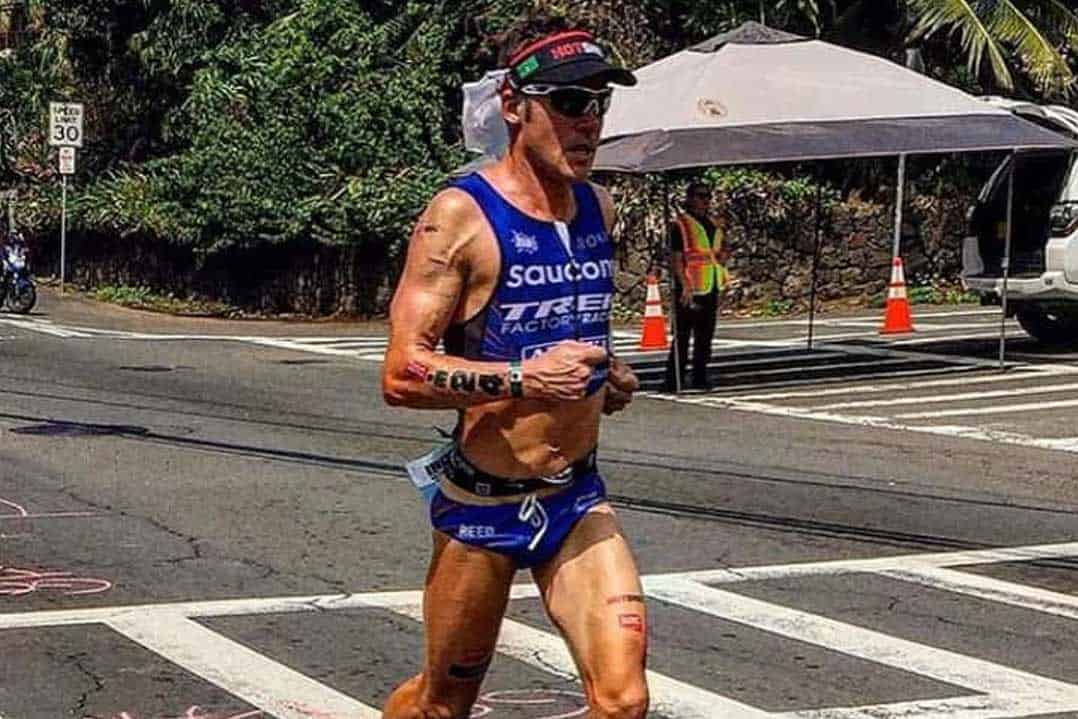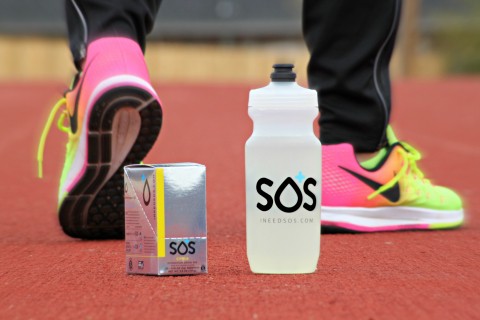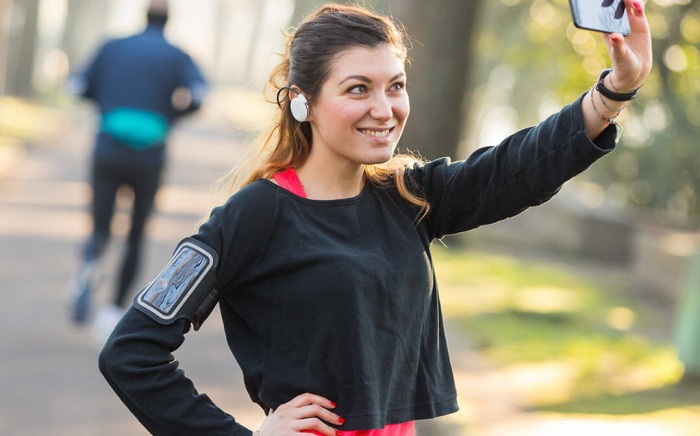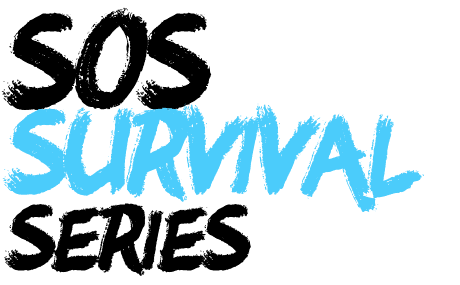
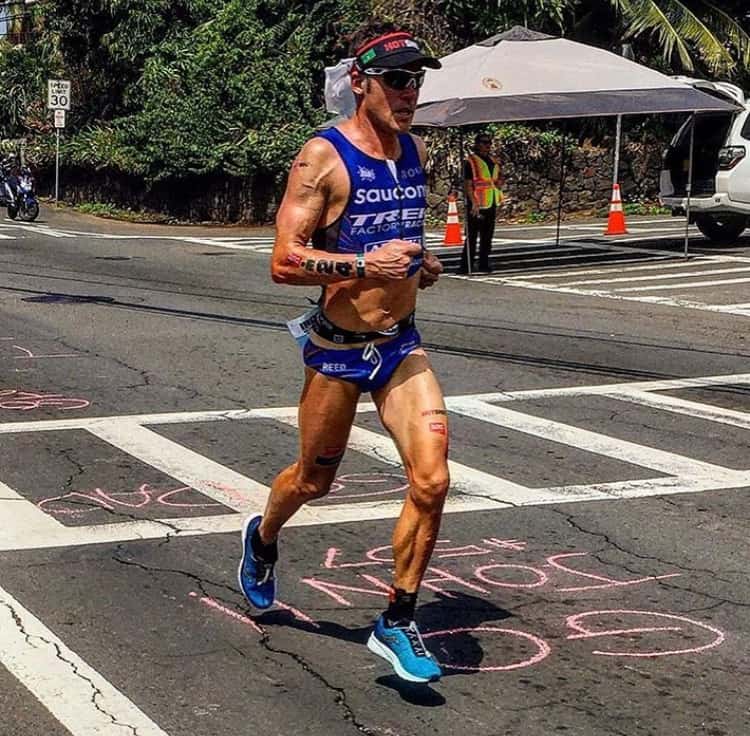
Reflecting on 2017, I have come to terms with the following:
As much as I would love the Ironman World Championship to rotate locations like every other sport and the Ironman 70.3 World Championship, it is not going to happen any time soon. I need to adapt to the conditions in Kona or choose a different major objective to base my season around.
Amongst my gnome sub species and indeed even compared to the far larger common human, I have very high sweat and sodium losses. In very warm conditions I can lose 4-5kgs in a 2 hour run. A 7% drop in body weight due to fluid loss is not going to enable a strong final hour of a marathon irrespective how hard you are willing to push your body as most brains won’t allow you to put yourself into a state that could lead to organ damage. Although there are a few notable exceptions:
I know it’s very individual but my best races have come from ingesting far less calories then traditional sports science says I should need to compete at the highest level and consuming far more fluid and sodium then the majority of scientific sports research says I should be able to absorb, suggesting strongly that hydration is a major limiter for me while calorie deficiency is not.
I weigh myself pre and post specific brick sessions during the hot summer months and of the many products I experimented with since 2015, SOS was far and away the best hydration product I trialled. My losses were mitigated massively without GI distress indicating incredibly efficient fluid absorption. So I hassled them into a sponsorship arrangement.
…of the many products I experimented with since 2015, SOS was far and away the best hydration product I trialled. My losses were mitigated massively without GI distress indicating incredibly efficient fluid absorption.
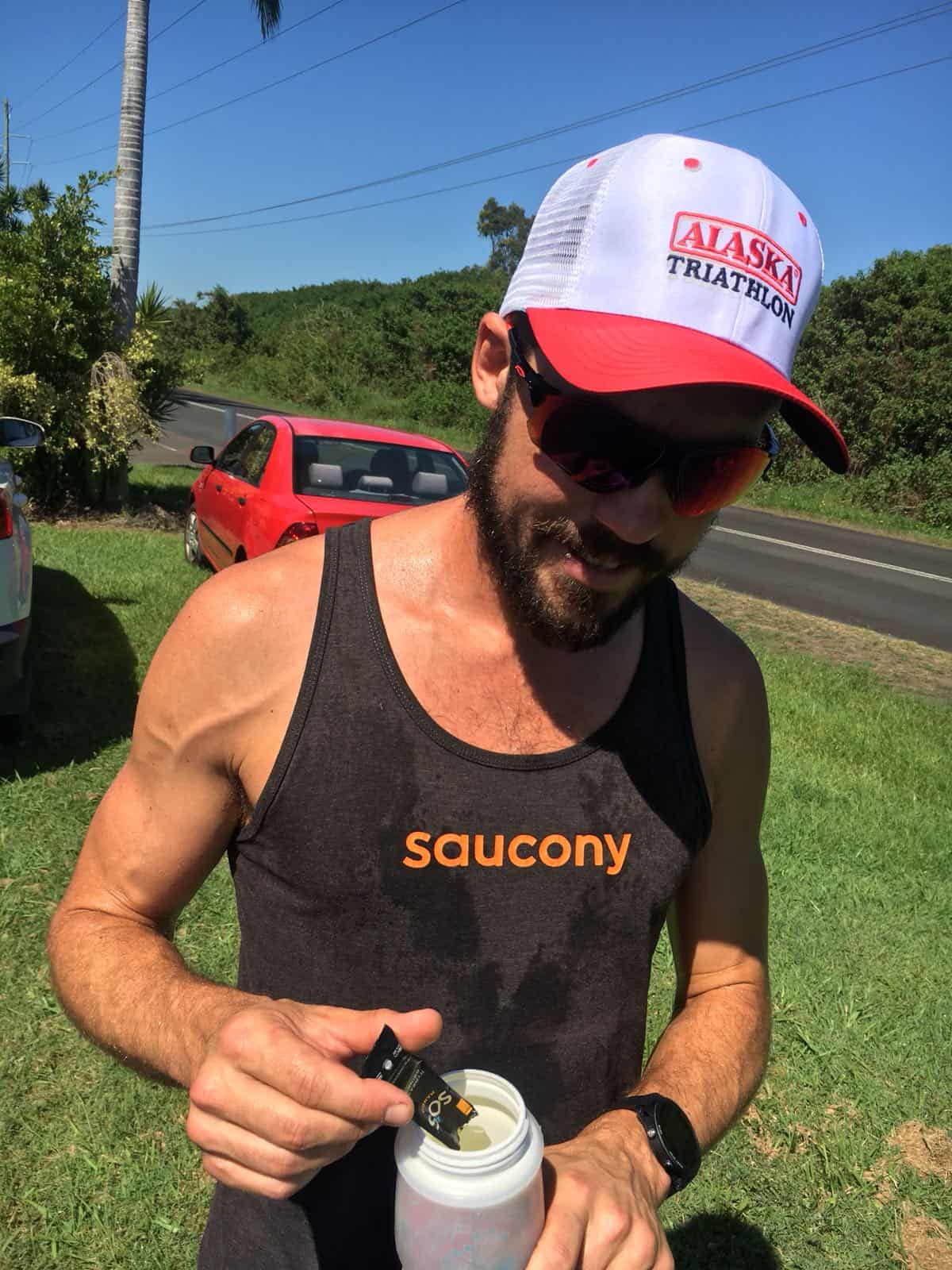
One of the major reasons I think SOS works so well for me is that the dominant source of sodium in SOS is sodium chloride. Sodium chloride is how we would naturally consume salt in our diets and because of this the human brain has a terrific way of telling us when we need it and when we don’t. It tastes really good when we are salt depleted, while the chloride component is not as tasty when you don’t need salt. For example, on a Byron Bay humid summer day, I’ll drink 3-4 sachets of SOS per bottle for my hard sessions and my taste buds are dancing with pleasure.
At rest however, when my sweat is negligible, I find that if I mix 3-4 sachets per bottle then the chloride component of SOS makes the taste far too strong and my brain tells me to back it off so I’ll only do one sachet.
Given how essential salt is to human function it is really not surprising that we evolved to be pretty damn clever at balancing out how much salt to ingest through a taste feedback loop. Where many other sports drink formulas fall short is they use artificial sweeteners and/or lots of sugar and less natural, manufactured forms of salt which inhibits our normal way of regulating salt through taste.
Another major SOS drawcard is that I don’t want to be consuming lots of sugar unless I really need it to fuel very high intensity training and racing. SOS has enough glucose to facilitate fluid absorption in the small bowl via the sodium : glucose co-transport system, but not enough to lead to significant insulin spikes and certainly not enough to slow absorption as some leading sports drinks have made their formulas. The sugar content is low enough that with my overly active lifestyle I can drink as much SOS as I like guilt free.
It took me some time to work out how to compete in very hot and humid Ironman 70.3 events but through a lot of trial and error I worked out how to be successful over 4 hours in those conditions. My major challenge now as I focus on 8 hour races is staying hydrated for the back half of the Ironman marathon and I’m really confident that SOS is going to go a long way to helping me perform much better from 6 hours onwards in races.


